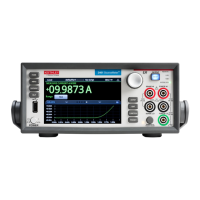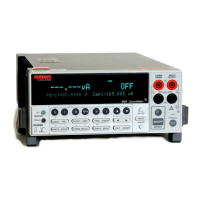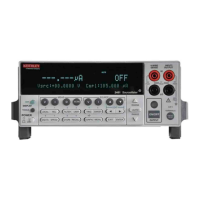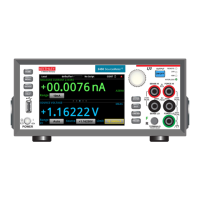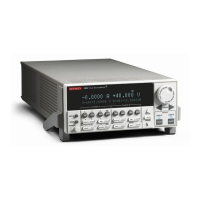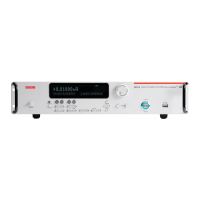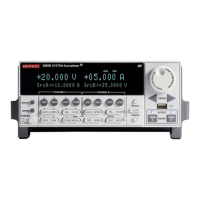1-14 Performance Verification
• Set the Model 2430 source output to the correct 3A value as measured by the digital
multimeter.
• Note the DMM voltage reading, and then calculate the current from the voltage read-
ing and characterized 1Ω resistance value as I = V/R, where V is the DMM voltage
reading and R is the characterized resistance value.
• Verify that the Model 2430 current reading is within the 3A limits given in Table 1-
6.
NOTE It may not be possible to set the current source to the specified 3A value. Use the clos-
est possible setting, and modify reading limits accordingly.
5. Repeat the procedure for a negative 3A current.
6. Repeat the procedure using the rear panel INPUT/OUTPUT jacks. Be sure to select the
rear panel jacks with the front panel TERMINALS key.
Table 1-6
Current measurement accuracy limits
Model 2430 source
and measure range
1
Source current
2
Model 2430 current reading limits
(1 year, 18°C to 28°C)
10μA
100μA
1mA
10mA
100mA
1A
3A
10.00000μA
100.000μA
1.00000mA
10.0000mA
100.000mA
1.00000A
3.00000A
9.9966 to 10.0034μA
99.969 to 100.031μA
0.99967 to 1.00033mA
9.9959 to 10.0041mA
99.939 to 100.061mA
0.99883 to 1.00117A
2.99673 to 3.00327A
3
1. Measure range coupled to source range when simultaneously sourcing and measuring current.
2. As measured by precision digital multimeter. Use closest possible value, and modify reading limits
accordingly if necessary.
3. Current calculated as follows: I = V/R, where V is the DMM voltage reading, and R is the character-
ized value of the 1Ω resistor.
Resistance measurement accuracy
Use the following steps to verify that Model 2430 resistance measurement accuracy is within
specified limits. This procedure involves applying accurate resistances from a resistance calibra
-
tor and then verifying that Model 2430 resistance measurements are within required limits.

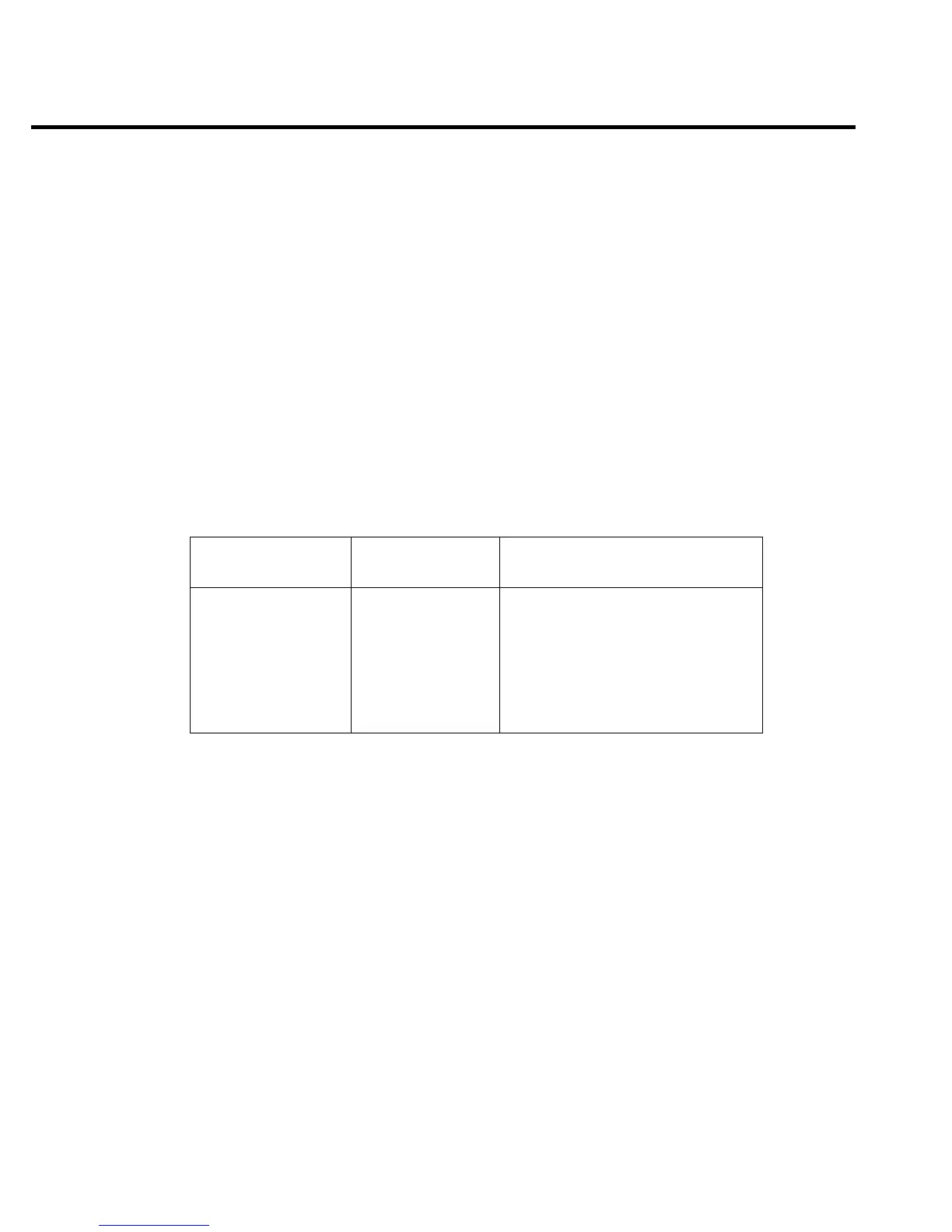